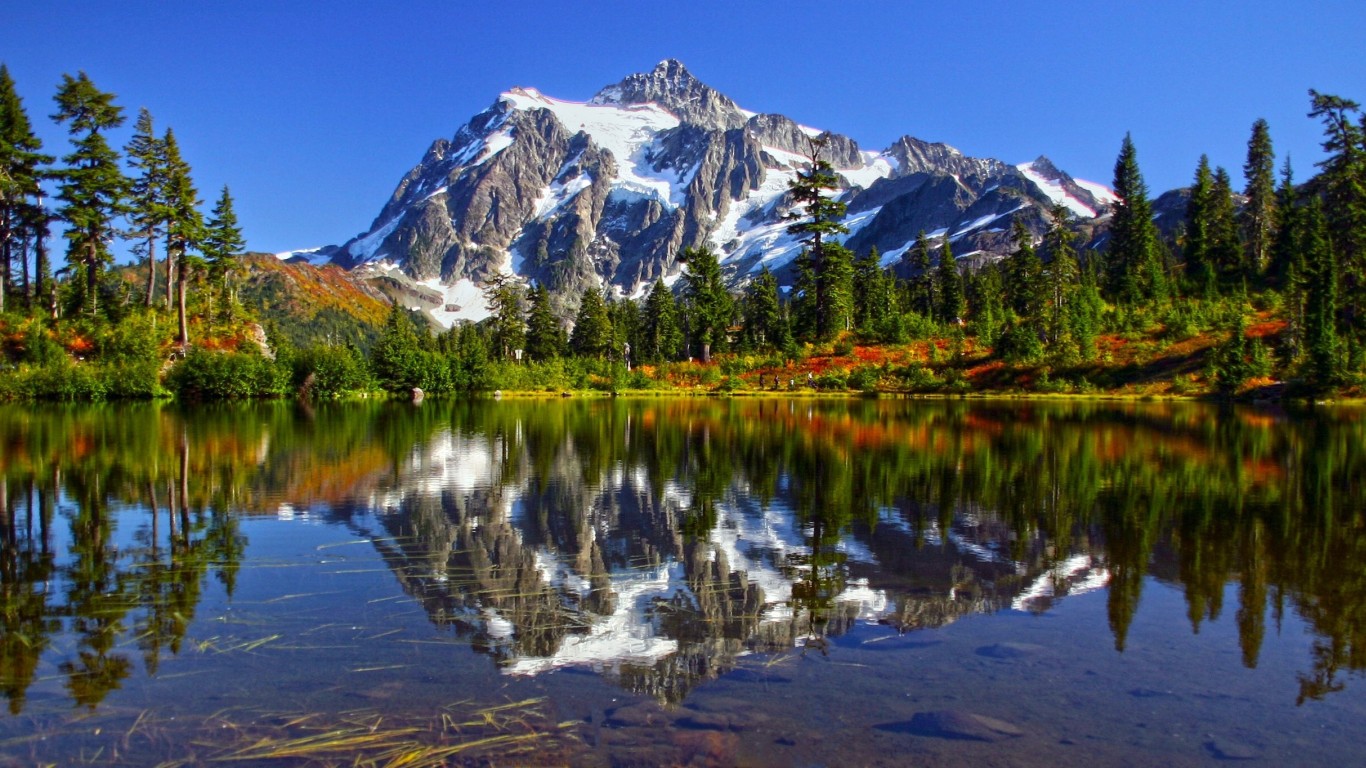
The Hoh lies on the west side of Olympic National Park, about a two-hour drive from Port Angeles and under an hour from Forks. The Hoh is one of the finest remaining examples of temperate rainforest in the United States and is one of the park's most popular destinations. The Hoh Rain Forest is located in the stretch of the Pacific Northwest rainforest which once spanned the Pacific coast from southeastern Alaska to the central coast of California. Mosses and ferns that blanket the surfaces add another dimension to the enchantment of the rainforest. The result is a lush, green canopy of both coniferous and deciduous species.

Throughout the winter season, rain falls frequently in the Hoh Rain Forest, contributing to the yearly average of 140 inches (3.55 meters) of precipitation each year. Regardless of the name, there's no question as to the allure that draws visitors back to the rainforest year after year. A third consideration claims that the word "Hoh" translates to "man with quarreling wives." What the actual history behind the name is appears to be lost to time. Other explanations state that the Quinault word "Qu," meaning "boundary," could be the root of the name as a river as massive as the Hoh certainly forms a formidable boundary across the landscape. The word "Hoh" undoubtedly comes from Native American languages possibly the Quileute word "Ohalet" which means "fast moving water" or "snow water." Since the river itself forms from glacial runoff, that origin seems straightfoward.

However, where the name originates, is up for debate. The Hoh Rain Forest, pronounced "Hoe", earns its name from the ever-flowing Hoh River that carves its way from Mount Olympus towards the Pacific Coast. Green dominates the scenery of the rainforest from mosses to ferns


 0 kommentar(er)
0 kommentar(er)
